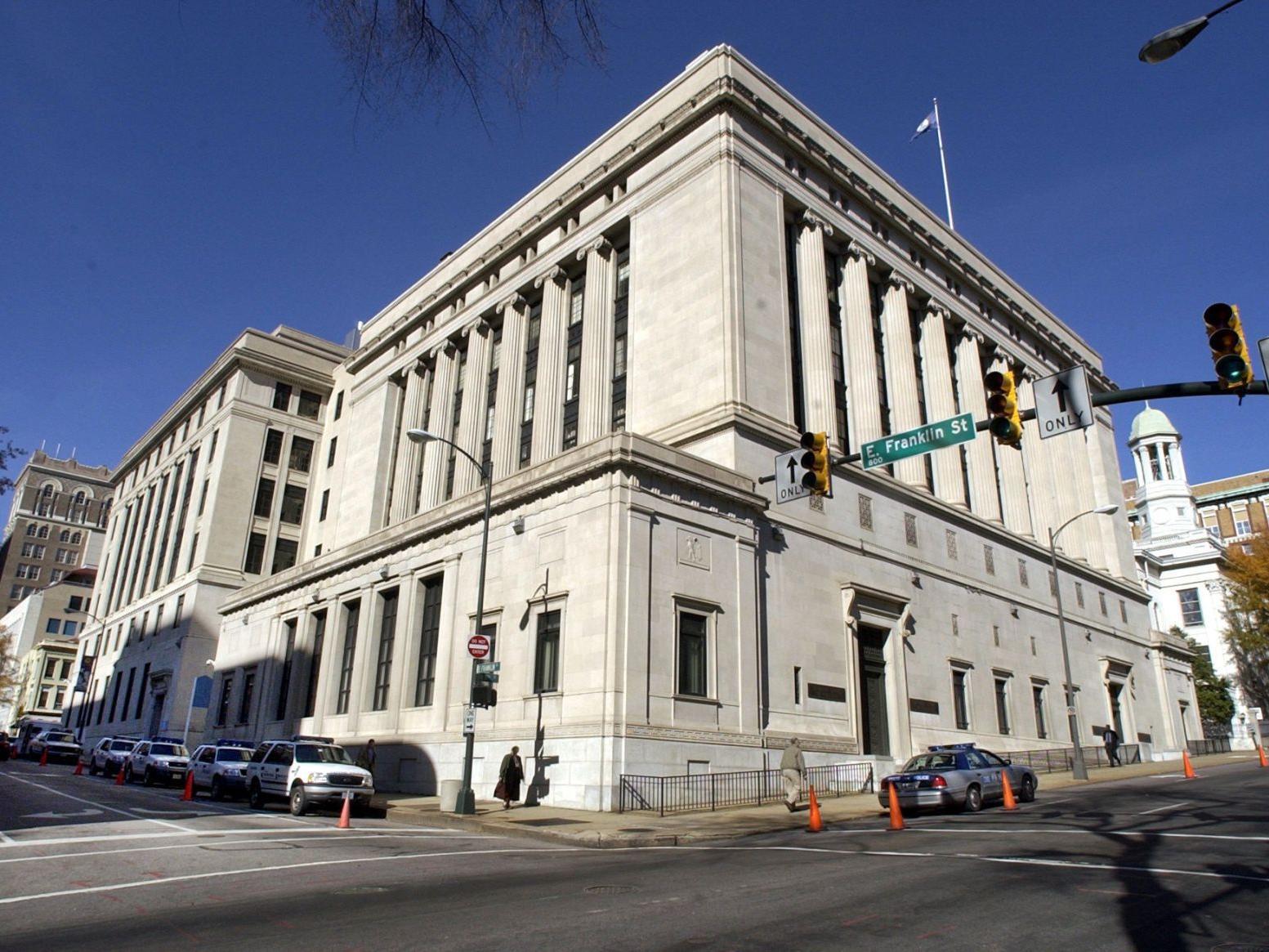Annandale/Mason residents affected by redistricting
 |
| The Virginia Supreme Court [Roanoke Times] |
Under a redistricting plan approved by the Virginia Supreme Court, some residents of the Annandale/Mason area will be shifted to a different congressional, Virginia House of Delegates, and/or Virginia Senate district.
Here are some of the key changes:
- Several communities currently in the 11th U.S. Congressional District (represented by Rep. Gerry Connolly) will move to the 8th District (Rep. Don Beyer).
This includes most of Annandale, Lake Barcroft, and parts of Bailey’s Crossroads, Seven Corners, and Falls Church.
Connolly doesn’t live in what would be his new district but that’s not a requirement.
According to the Virginia Public Access Project (VPAP), the new 8th District would be more White (52.1 percent) versus the current level of 44 percent White. The percent of the Asian population would be reduced by 7.2 percent.
The new district would become more liberal, based on results of the 2016 presidential election, VPAP states.
- Several areas in Virginia Senate District 37 (Sen. Dave Marsden) will shift to the 35th District (Sen. Dick Saslaw). This includes Annandale and much of the Falls Church area in Fairfax County.
According to VPAP, the new 35th District will be slightly more liberal, slightly less Asian, and slightly more Hispanic.
Both Marsden and Saslaw live in the new 35th District.
- Parts of Virginia House District 38 (Del. Kaye Kory) would move to the 39th District (Del. Vivian Watts). This includes Annandale and parts of Lincolnia and Bailey’s Crossroads.
Parts of the 53rd House District (Del. Marcus Simon) would shift to the 38th District, including Seven Corners, and portions of Falls Church, Merrifield, and Tysons.
The new 38th District would become 15 percent more White, 5 percent less Black, and nearly 10 percent less Hispanic, according to VPAP.
You can look up your address on the VPAP website to see whether your representatives will change.
Redistricting happens every 10 years following new Census data. Virginia voters approved a constitutional amendment in November 2020 calling for a bipartisan commission of eight lawmakers and eight citizens to redraw the state’s political boundaries.
The Virginia Redistricting Commission failed to agree on a redistricting plan within the deadline, so the matter was turned over to the Virginia Supreme Court.
The Supreme Court-appointed Special Masters Sean Trende and Bernard Grofman to come up with new congressional, state Senate, and House of Delegates maps. The court approved the new maps Dec. 28.
The new maps will take effect for the next general election for each office: 2022 for the House of Representatives, 2023 for state senators, and 2022 or 2023 for delegates.
The One Virginia 2021 Foundation, an organization created to promote a more inclusive and transparent government and end gerrymandering, issued this statement: “Independent analysis from our national partners has deemed these maps to be fair and the methodology behind them to be sound.”
In presenting the new maps to the Virginia Supreme Court, the Special Masters said: “We carefully drew districts that met constitutional and statutory population requirements. In doing so, we minimized county and city splits, while respecting natural boundaries and communities of interest to the extent possible.”
While being mindful of federal and state requirements to draw districts likely to elect a minority representative, the Special Masters say, “we drew districts that would elect the candidate of choice of a minority group only if the district could be drawn in a compact fashion that did not needlessly split counties.”
“Despite these strictures,” they contend, “we believe we have drawn more districts where minority groups will be empowered to elect their candidate of choice than exist under the current maps.”

